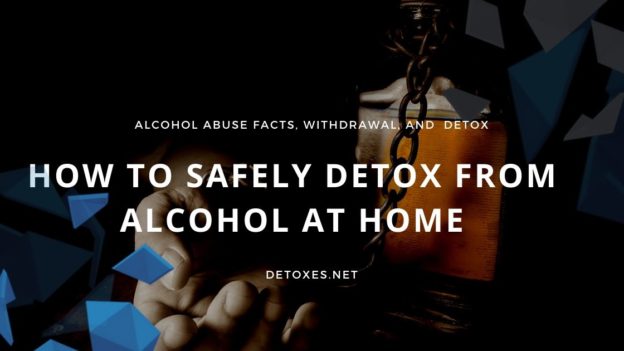Tips for Detoxing Safely From Home
So, if you choose to withdraw from alcohol at home, how do you make sure you do so safely? Here are some of the top tips to follow:
Remove Alcohol From Your Home
While this may sound obvious, a lot of people forget this very important step when detoxing from their homes. While right now, you may feel like you’re ready to give up alcohol once and for all, that can all change when you start to experience your first withdrawal symptoms.
Getting past your cravings is no easy feat, but it’s a lot easier when there isn’t any alcohol around to tempt you.
Clear Your Schedule
Detoxing from alcohol is physically, mentally, and emotionally exhausting. It requires all of your efforts, and therefore, we recommend clearing your schedule so you can focus solely on your detox.
Get Support
Just because you’re detoxing from home doesn’t mean you need to go at it alone. Alert friends and family members of your decision to detox. Ideally, you should also have a friend or family member to stay with you for support.
Not only is this important for emotional support, but it’s also important to have someone around should a medical emergency occur.
Focus on Hydration
When it comes to detoxing successfully, hydration is key. Drinking plenty of fluids will help eliminate toxins and get your body in better shape to handle the withdrawal symptoms.
Maintain a Balanced Diet
While it may be hard to stomach more than crackers and club soda during the first few days of detox, once you get your appetite back, it’s very important that you work on eating a healthy diet.
Your diet should include plenty of lean protein, fruits, vegetables, and whole grains. Also, make sure you’re taking vitamins and minerals that will help with the detox process. We recommend taking vitamins B, C, E, and calcium.
Are You Ready to Detox from Alcohol?
Now that you’ve read this article, you should be better prepared to detox from alcohol. While detoxing from home can save you money, the truth is, the best way to detox is in a medically-supervised environment.
There are detox programs available where you’ll be surrounded by trained medical staff 24/7 who know how to treat withdrawal symptoms and keep you safe. If you’re looking to detox in a medically supervised environment, you can use this tool to find a detox center near you.
Medically Reviewed: September 25, 2019
Medical Reviewer
Chief Editor
About
All of the information on this page has been reviewed and verified by a certified addiction professional.
Dr Ashley Murray obtained her MBBCh Cum Laude in 2016. She currently practices in the public domain in South Africa. She has an interest in medical writing and has a keen interest in evidence-based medicine.
All of the information on this page has been reviewed and verified by a certified addiction professional.




